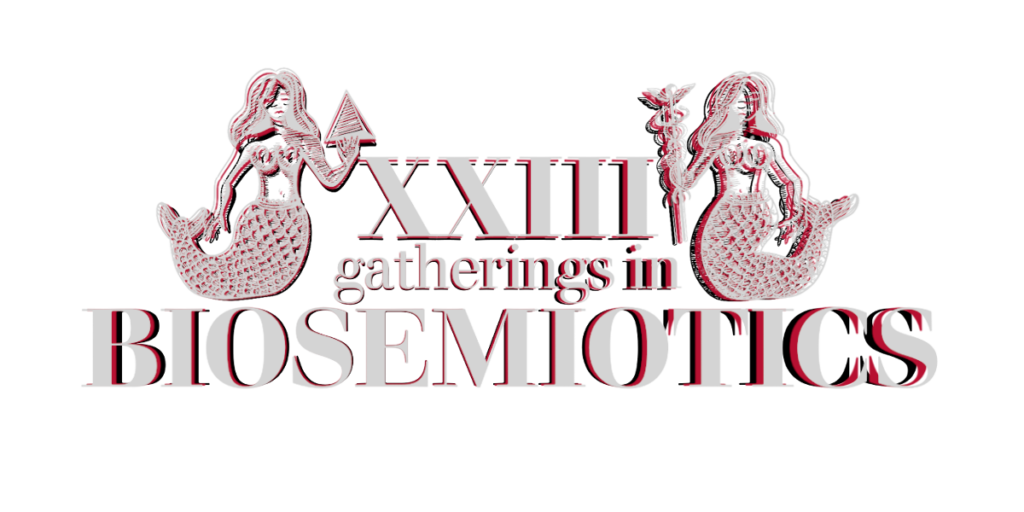Umwelt as a Trans-sign Network, or The Implications of Biosemiotics to Humanities
Katarzyna Machtyl
The main thesis of the proposed talk is that biosemiotics has significantly changed and reformulated the way humanities-related scholars think about culture. For instance, one can mention here posthumanism, post- / nonanthropocentrism, nonhuman subjects’ studies, ecohumanities and many more. The biosemiotic inspirations are noticeable in the theories of the subject – one can reflect on human and nonhuman subjectivity, agency and freedom, environment, ethical issues and – finally – the artificial opposition of nature and culture. When seen as a complex of interrelated Umwelten, and, as a result, as a complex of interrelated functional circles, culture turns out to be quite different entity than humanists tend to think. Considering culture as a set of ecological relations and translations rather than an exclusively human world, sheds a new light on environment and ‘being-in-the-world’ issues.
Referring to some fundamental (bio)semiotic concepts, i.e., Umwelt theory, semiobiosphere and semioethics, reciprocity and coexistence (with reference to Susan Petrilli’s and Augusto Ponzio’s ideas) the issue of responsibility, involvement and engagement can be discussed. Being responsible for the biosphere considered as a living whole means being responsible for the whole planet and all living beings – both human and nonhuman. Petrilli herself referred to the Umwelt theory, emphasizing its translational nature (an intersign or trans-sign network), and discussing two types of semiosis (modeling and communication) and the very process of semiosic fluxes across different biosemiosic phenomena. Petrilli’s position is going to be juxtaposed with some concepts introduced and elaborated by Jesper Hoffmeyer, esp. the semiotic freedom and agency in relation to the living being’s creative response to its surroundings and anticipation. With this in mind, I will discuss the artistic projects by Diana Lelonek The Center for Living Things (2019) and Wasteplants Atlas (2021), demonstrating, on the one hand, the interdependency of humans and nonhumans, esp. in reference to the nonhumans’ settings which are, at the same time, the posthumans’ ones, and the plants’ agency, creativity and semiotic freedom on the other. Hereby, the need of reformulating the very notion of culture and the idea of what is ‘natural’ with the tools offered by biosemiotics, especially by the Umwelt theory in the Petrilli’s interpretation, seems to be even more clear and realistic.
References
Hoffmeyer, J. (1998). Surfaces Inside Surfaces. On the Origin of Agency and Life. “Cybernetics & Human Knowing” vol. 5 (1), 33-42.
Magnus, R., Kull, K. (2012). Roots of culture in the Umwelt. In: Jaan Valsiner (ed.). The Oxford Handbook of Culture and Psychology. Oxford, New York: Oxford University Press (Part seven: Emergence of Culture. Chapter 29), 649–661.
Petrilli S. (2017). Sign Crossroads in Global Perspective. Semioethics and Responsibility. Routledge.

